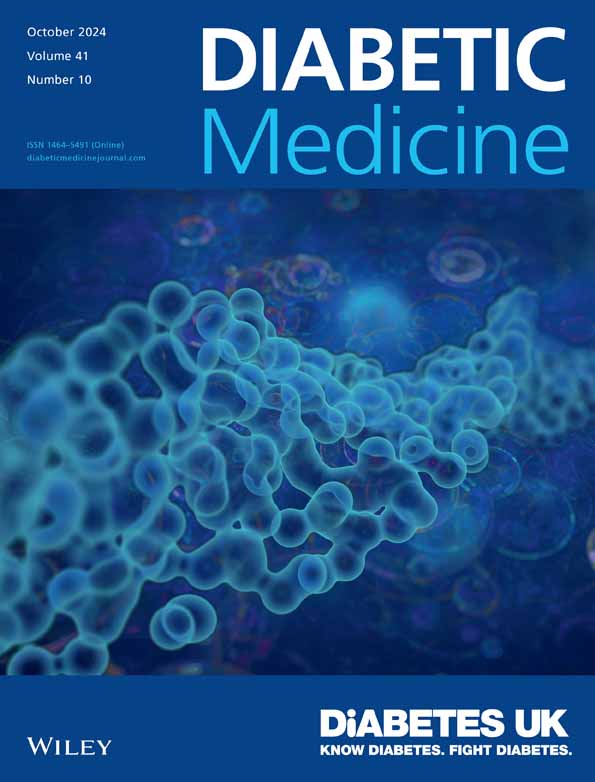A cohort description and comparison of four European national diabetes registries for the REDDIE project
Abstract
Aims
The Real-world Evidence for Decisions in Diabetes (REDDIE) project aims to better understand how to use real-world data (RWD) to advance research related to diabetes. To achieve this aim, four national registries (National Diabetes Audit (NDA (England)), Diabetes Patienten Verlaufsdokumentation (DPV (Germany)), Swedish National Registries (NDR), Danish National Registries (DNR)) are contributing data to the REDDIE project. This publication aims to describe the four registries and compare their unique strengths and limitations.
Methods
Data regarding the four registries were extracted from their inception until 2024. Data regarding demographics, prescriptions, outcomes, lifestyle and diabetes-specific variables (usage of continuous glucose monitors) were summarised.
Results
A core set of variables was identified across all four registries in the REDDIE project. Demographic information, diabetes-related medication, measures of glycaemic control and lifestyle factors are measured in all four registries. The DNR, NDA and NDR also contain wider prescription data, diagnosis data (cardiovascular disease, retinopathy) and mortality data. The DPV registry does not contain these data but contains detailed data on continuous glucose monitor and insulin pump usage. Differences in the methodologies employed and data fields collected were identified, including in data collection techniques, linkage processes, follow-up protocols and the range of variables recorded. Even with this diversity in data collection, there remains a significant opportunity to perform collaborative analysis between the registries. By combining RWD collected in different populations and health care systems with diverse demographics, the transferability of evidence will increase, enabling research studies to be more representative and inclusive of diverse populations.
Conclusion
The four registries that make up the REDDIE project contain many commonly collected variables. However, each registry presents specific strengths and limitations. By including all four databases, the REDDIE project benefits from the complementary strengths of each database.


 求助内容:
求助内容: 应助结果提醒方式:
应助结果提醒方式:


